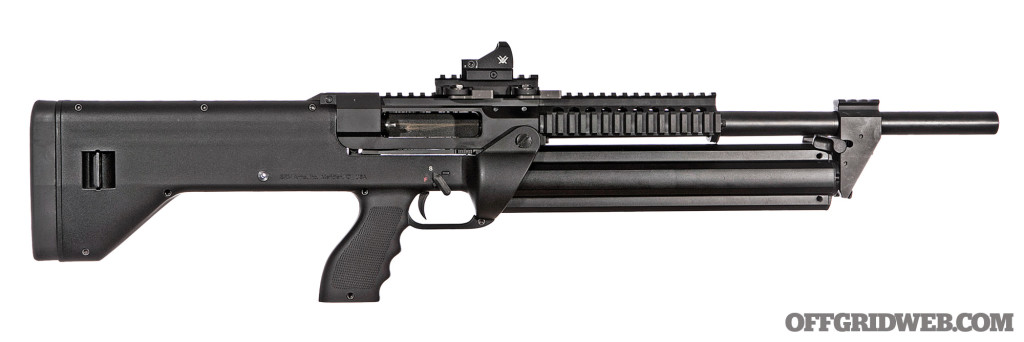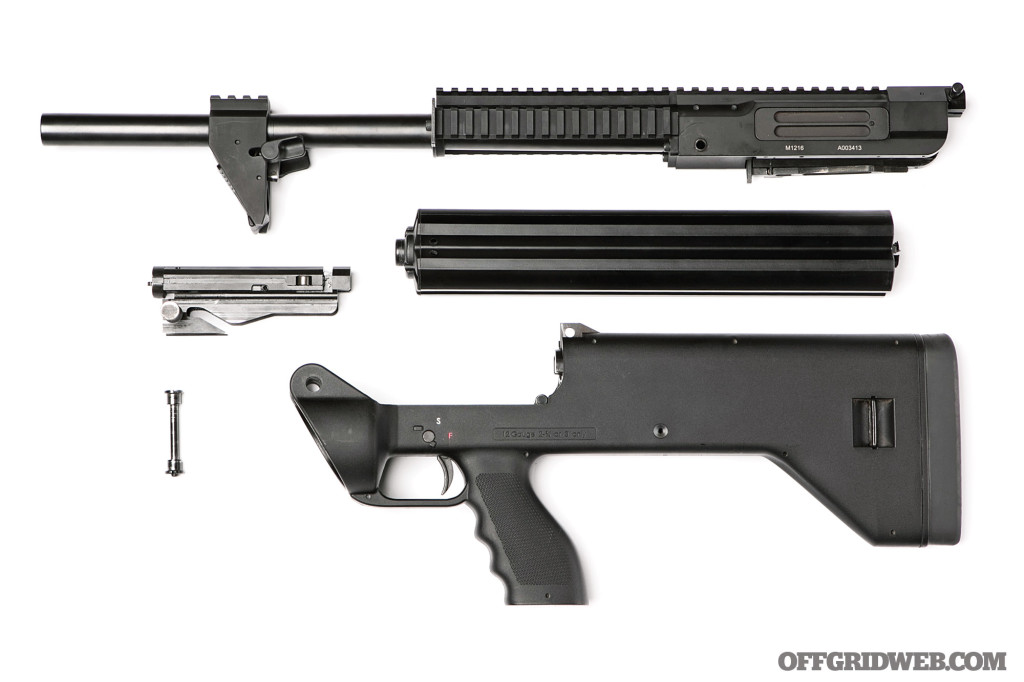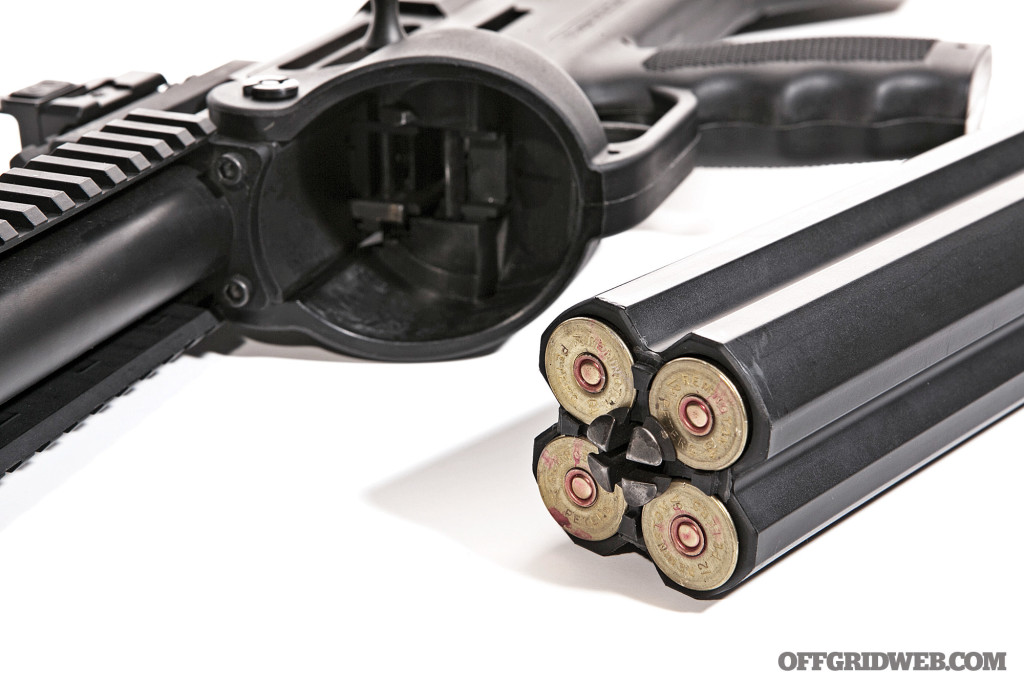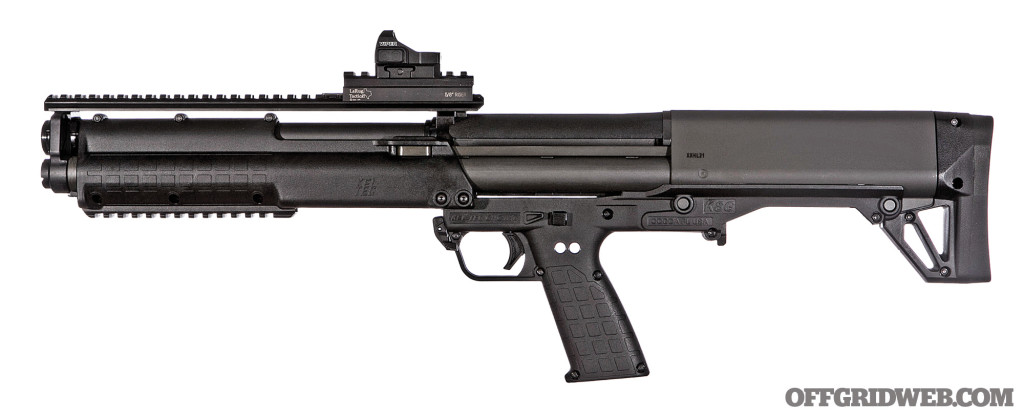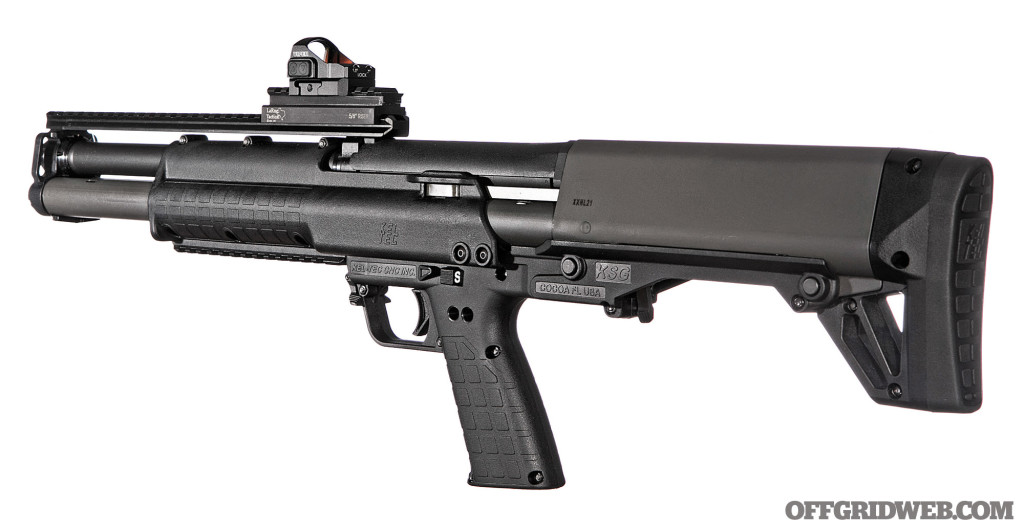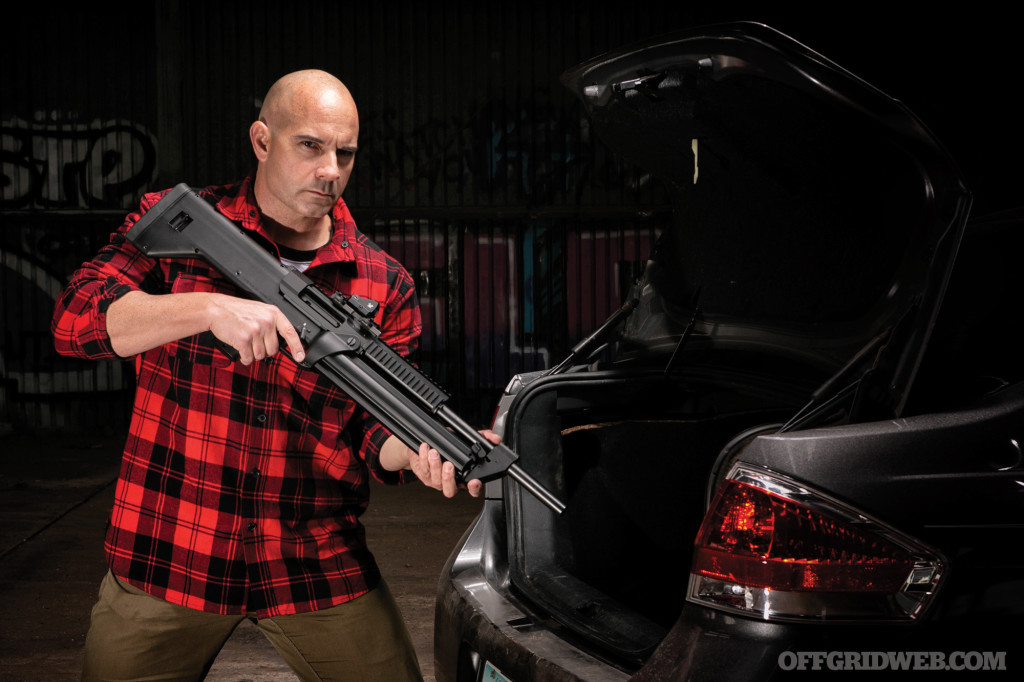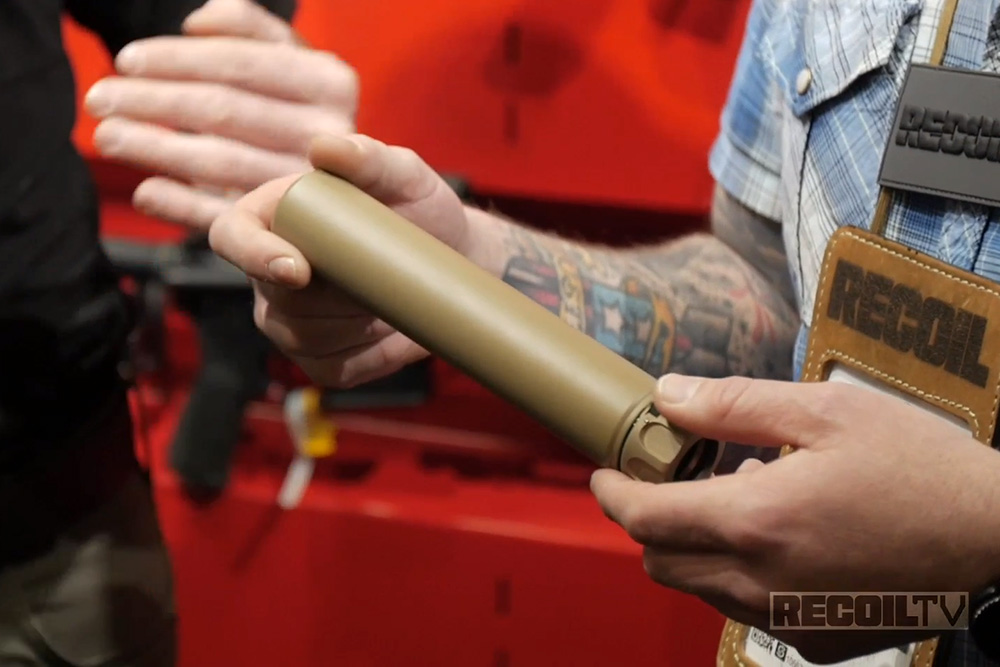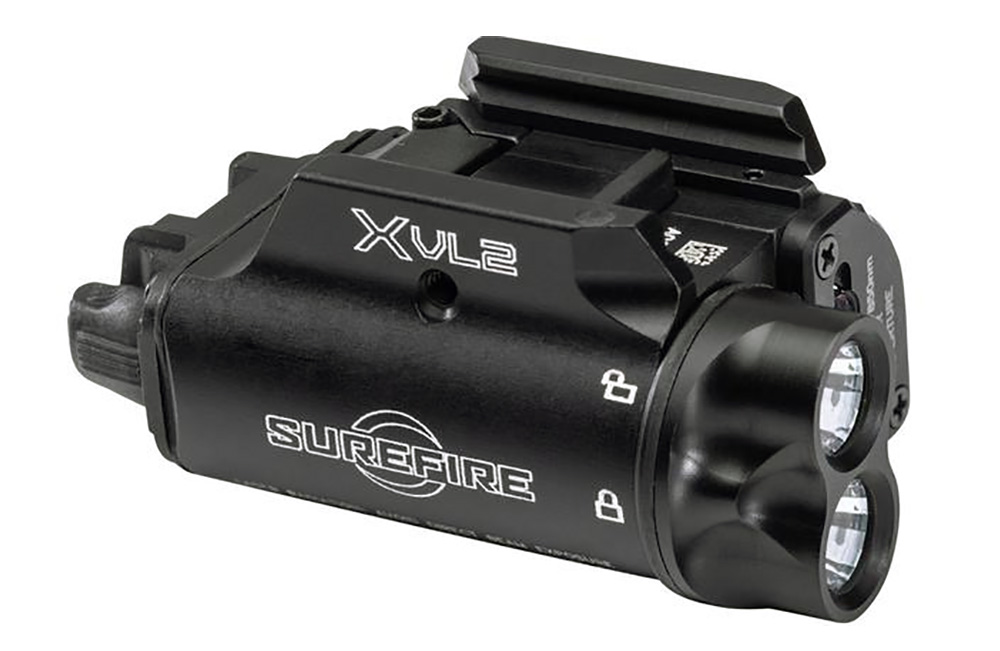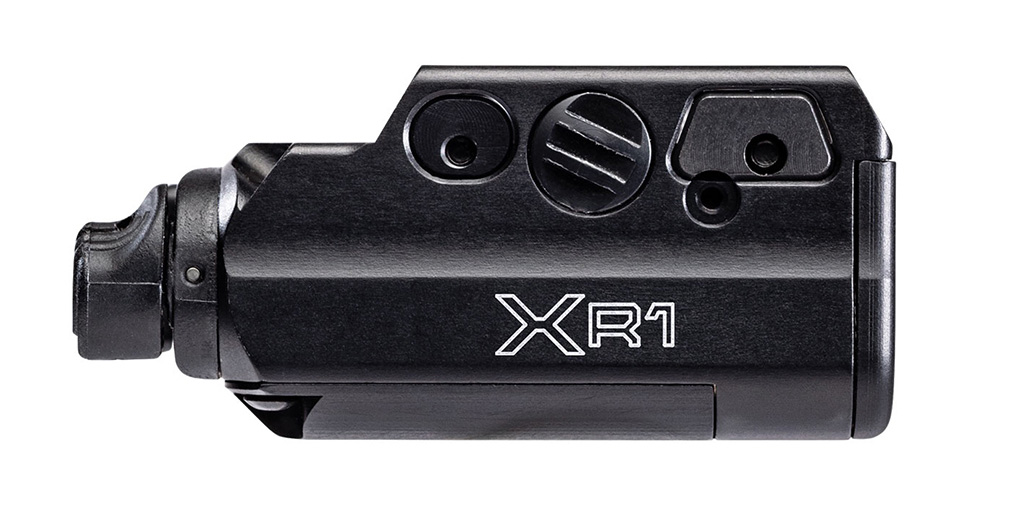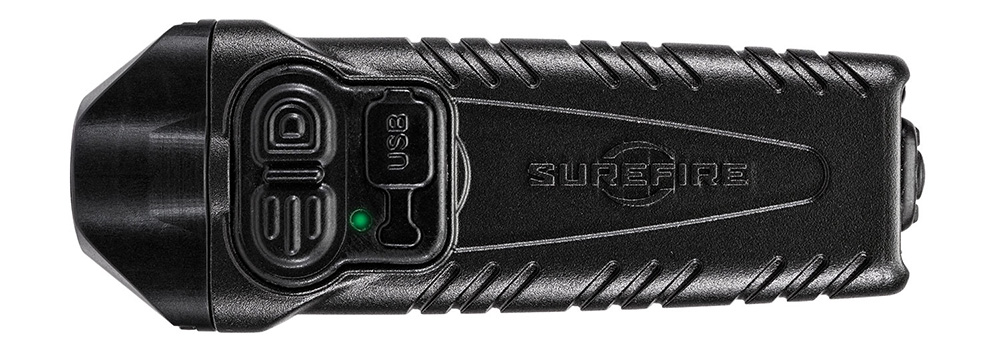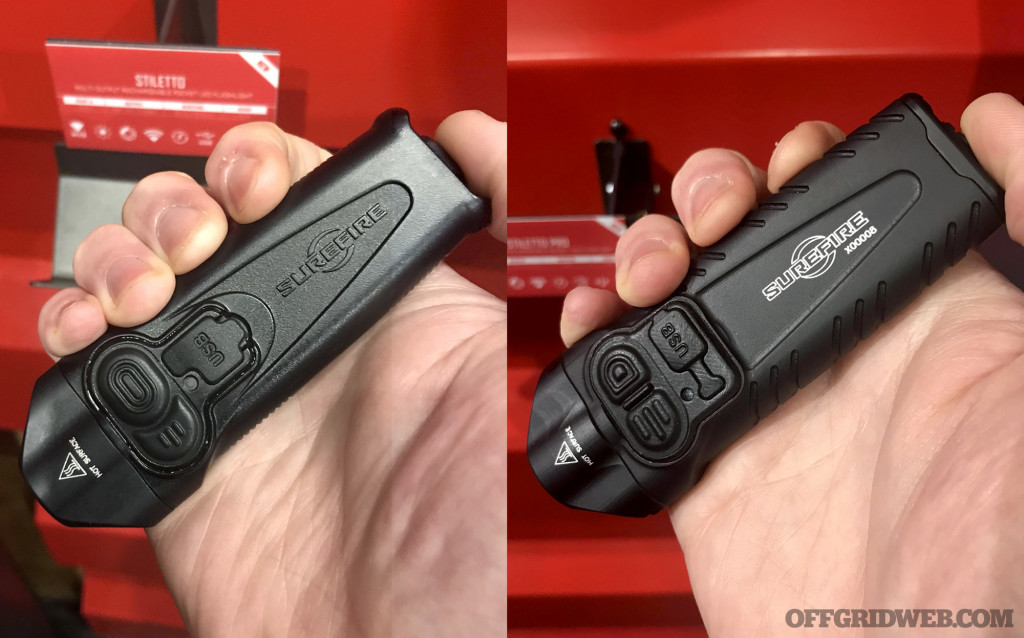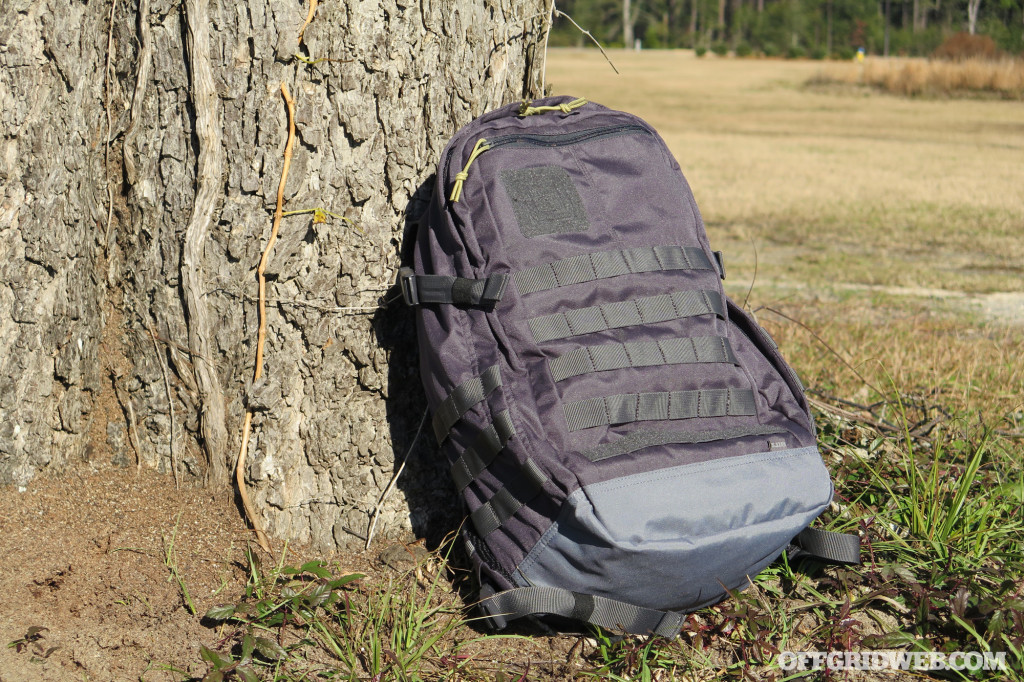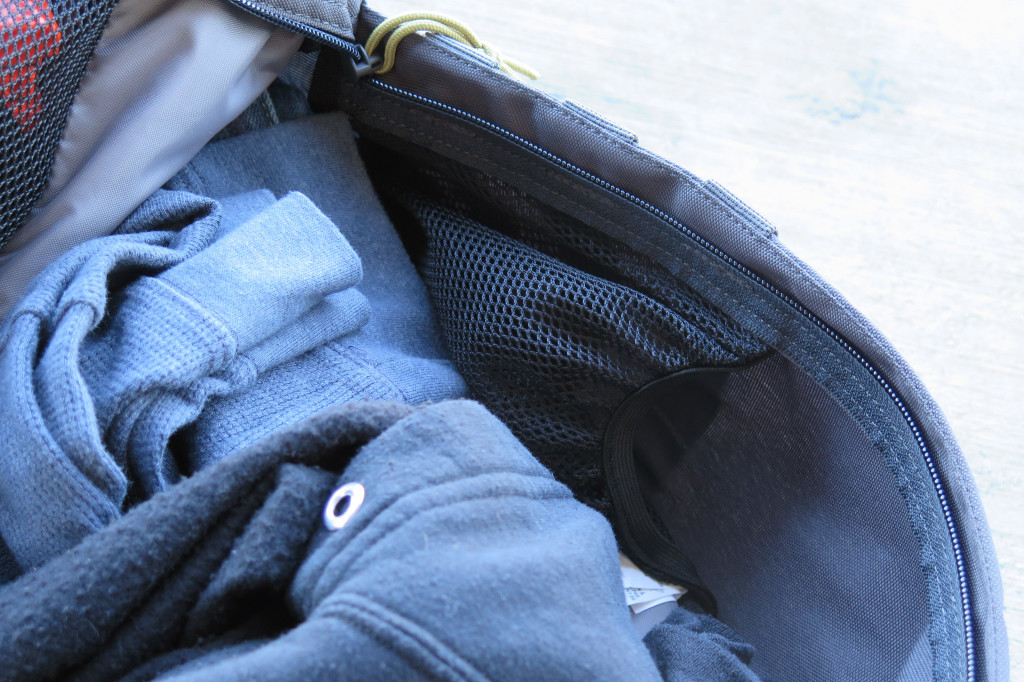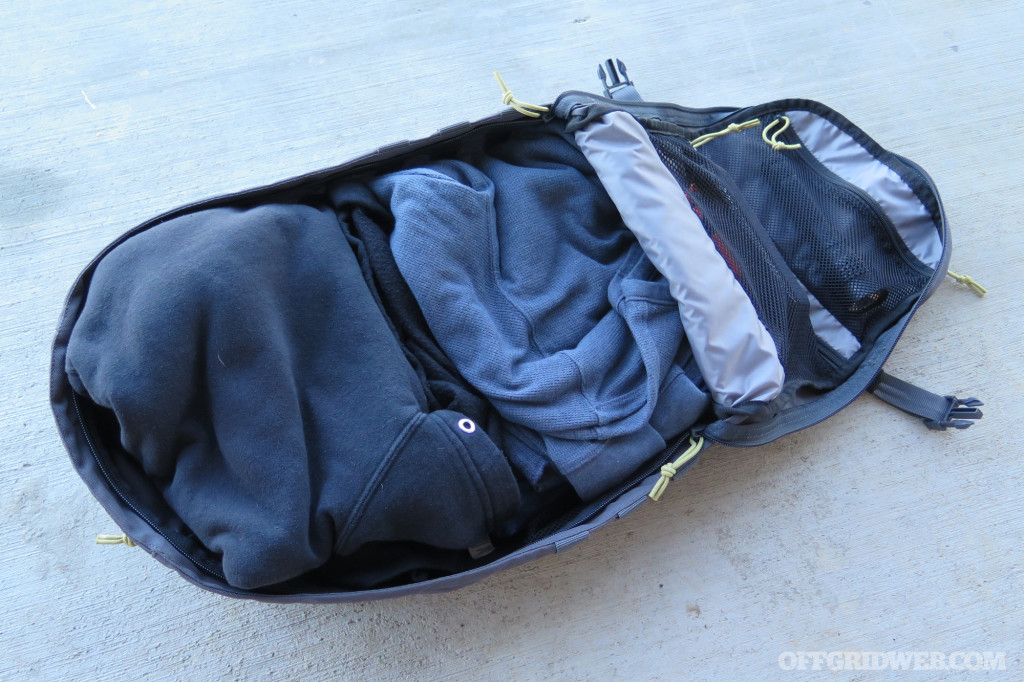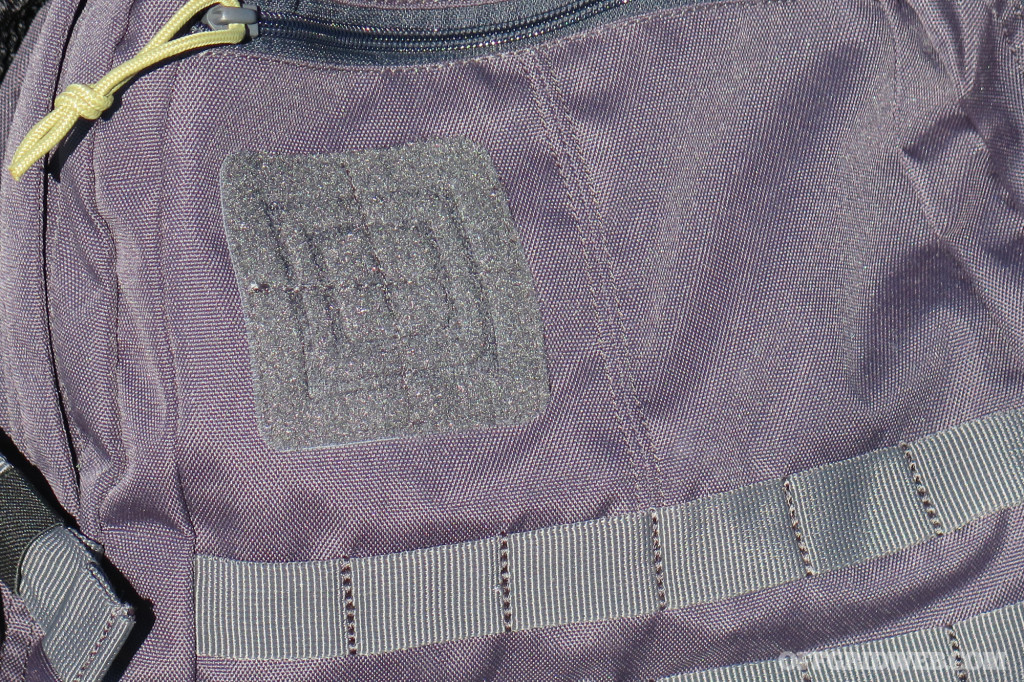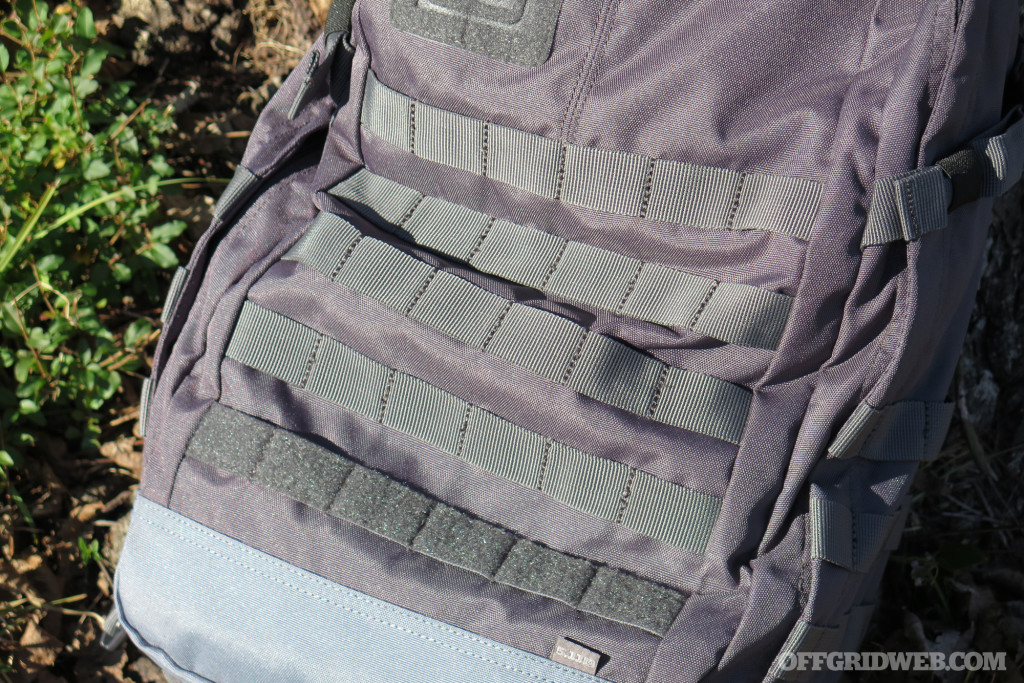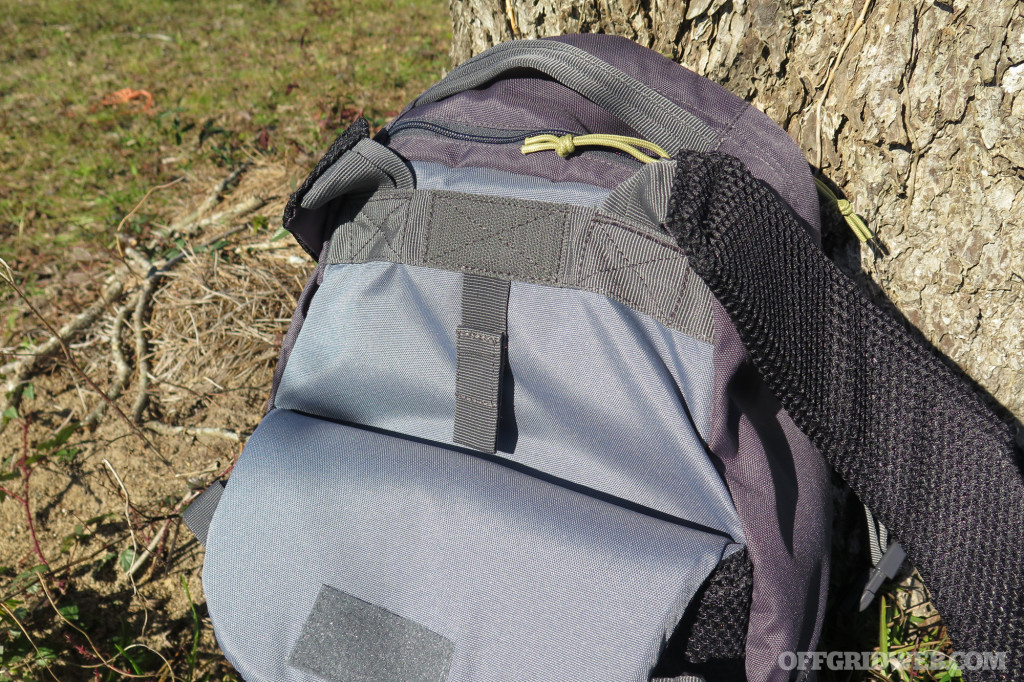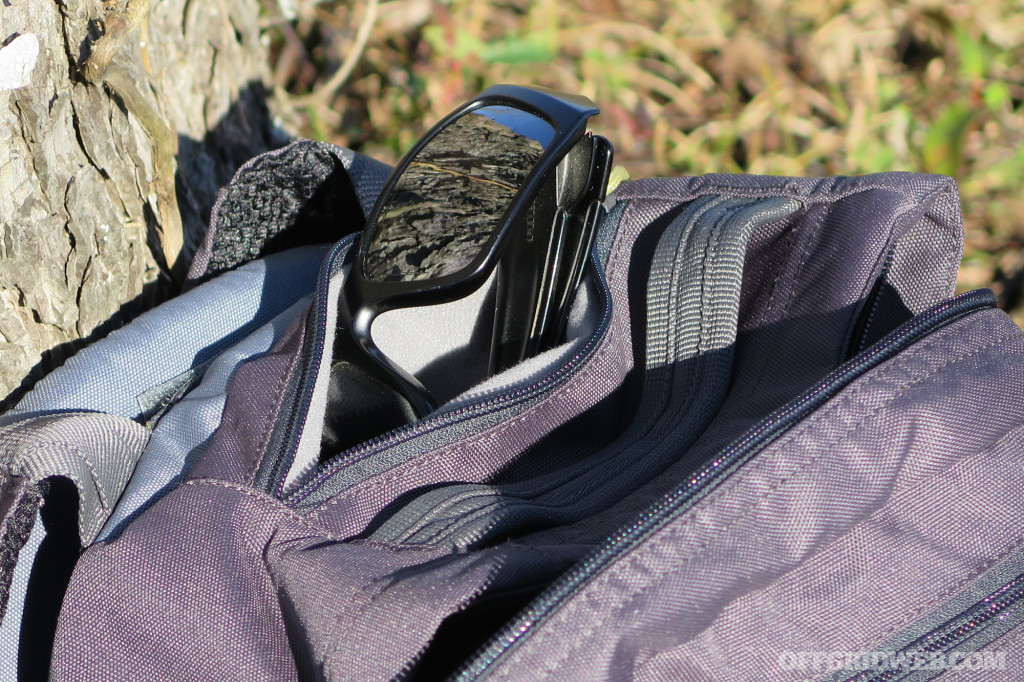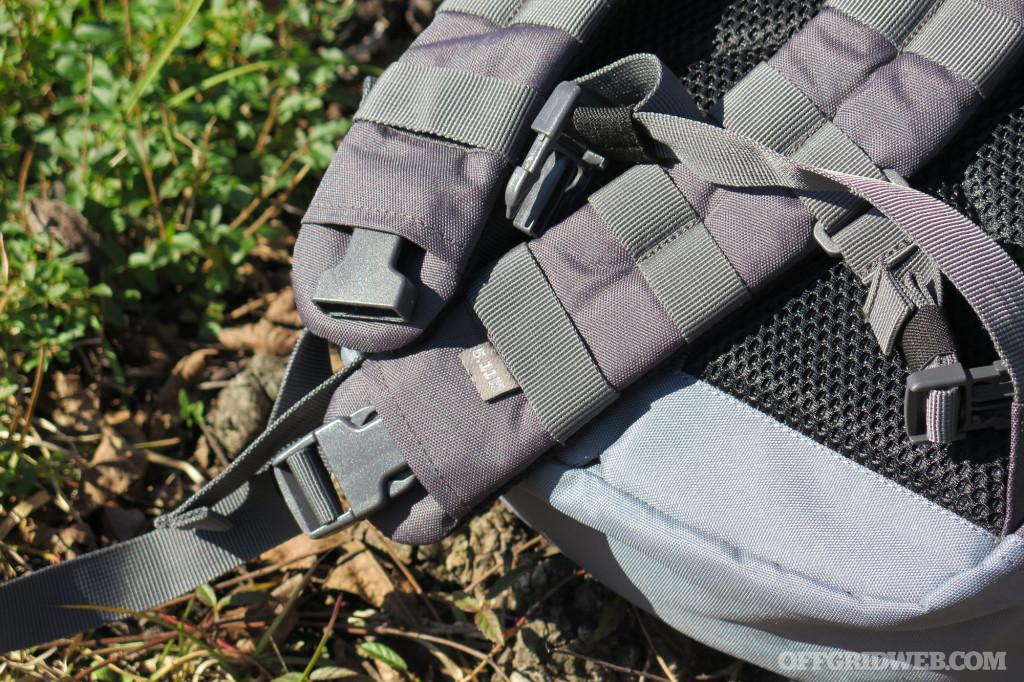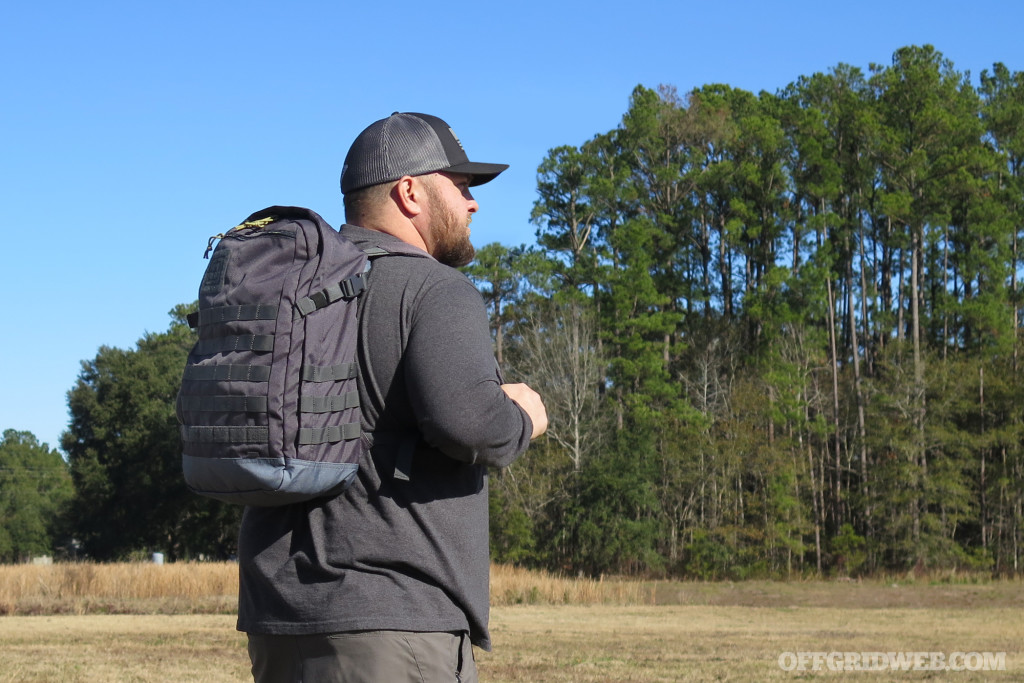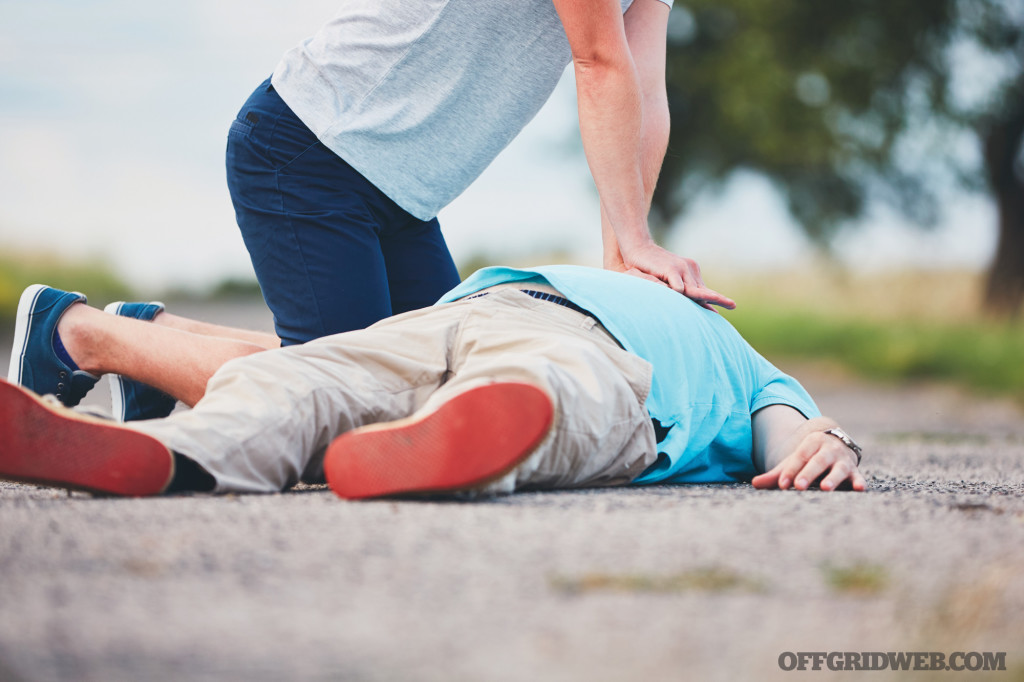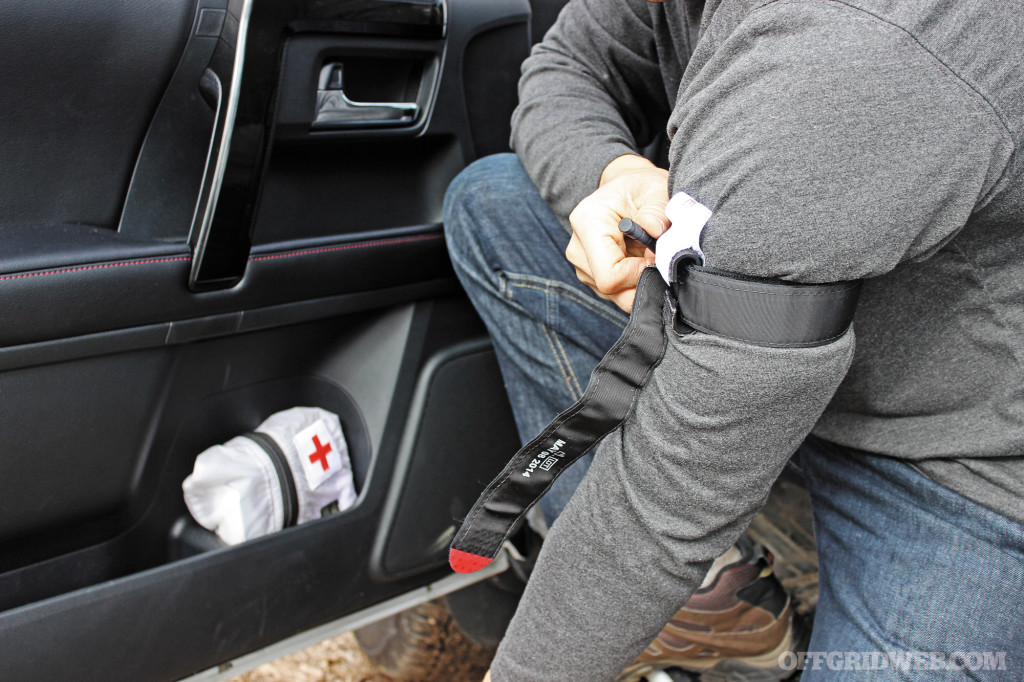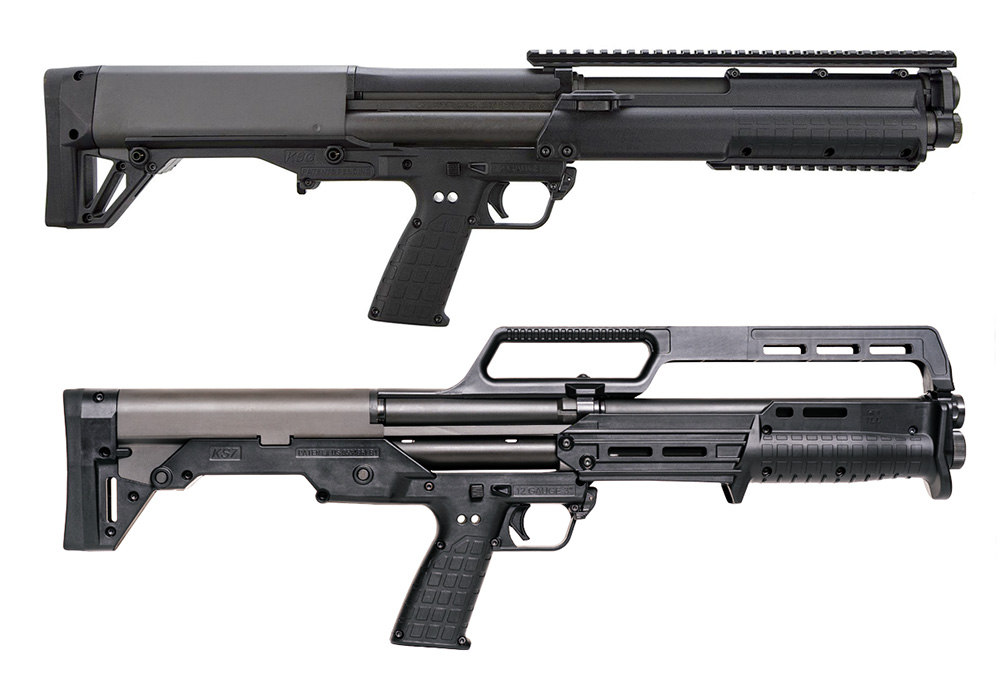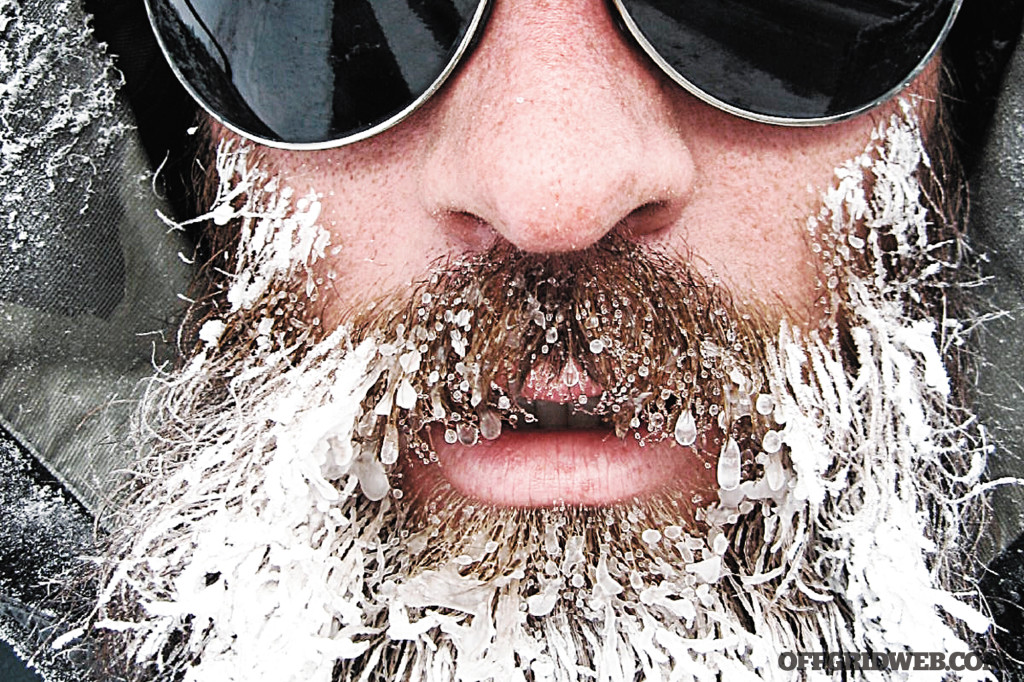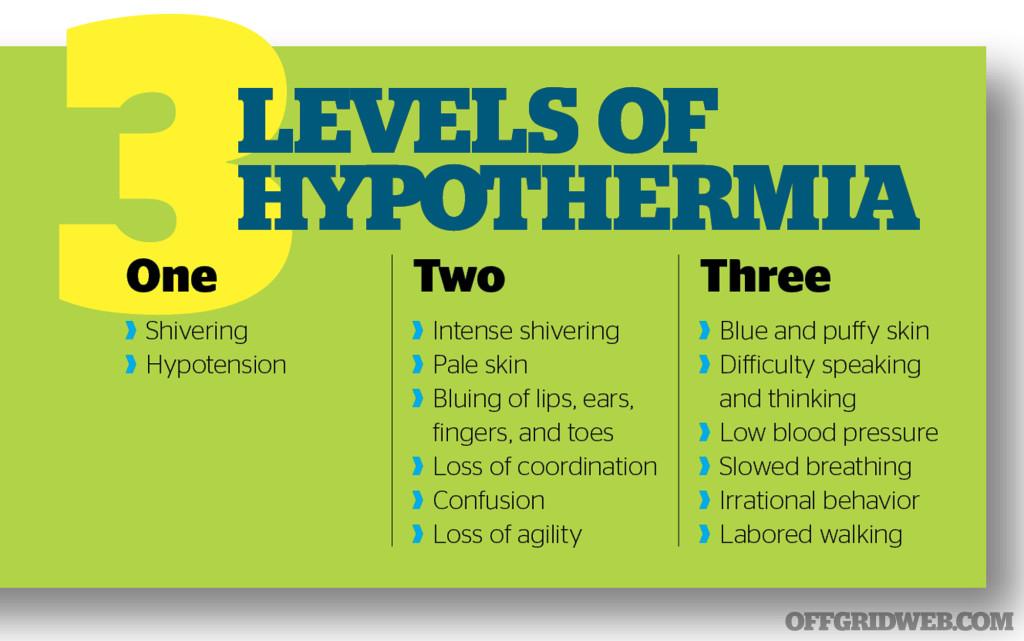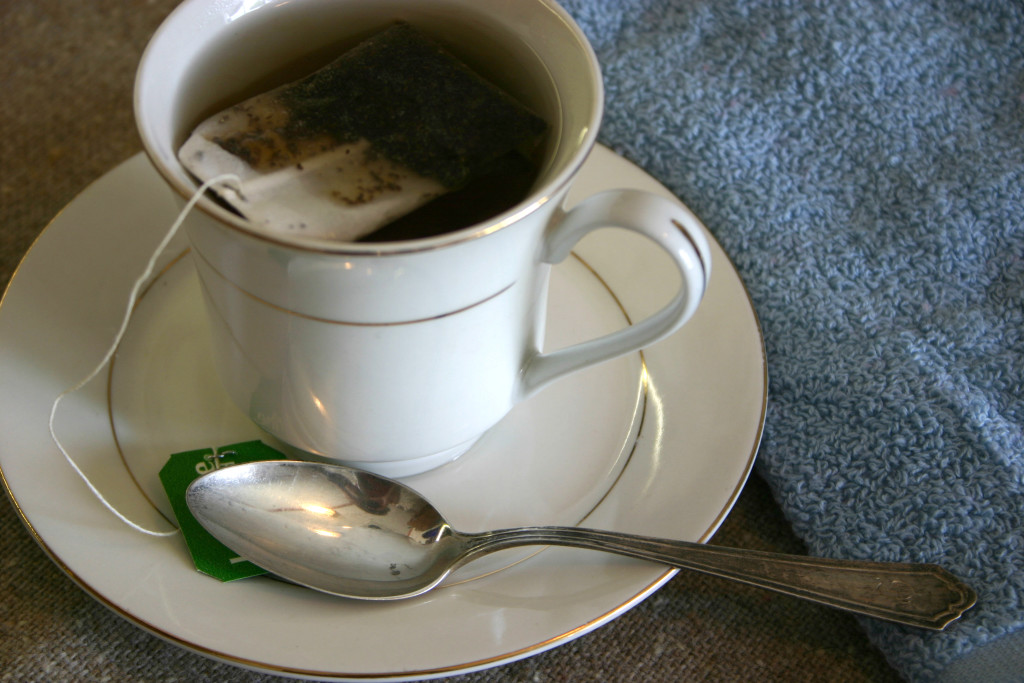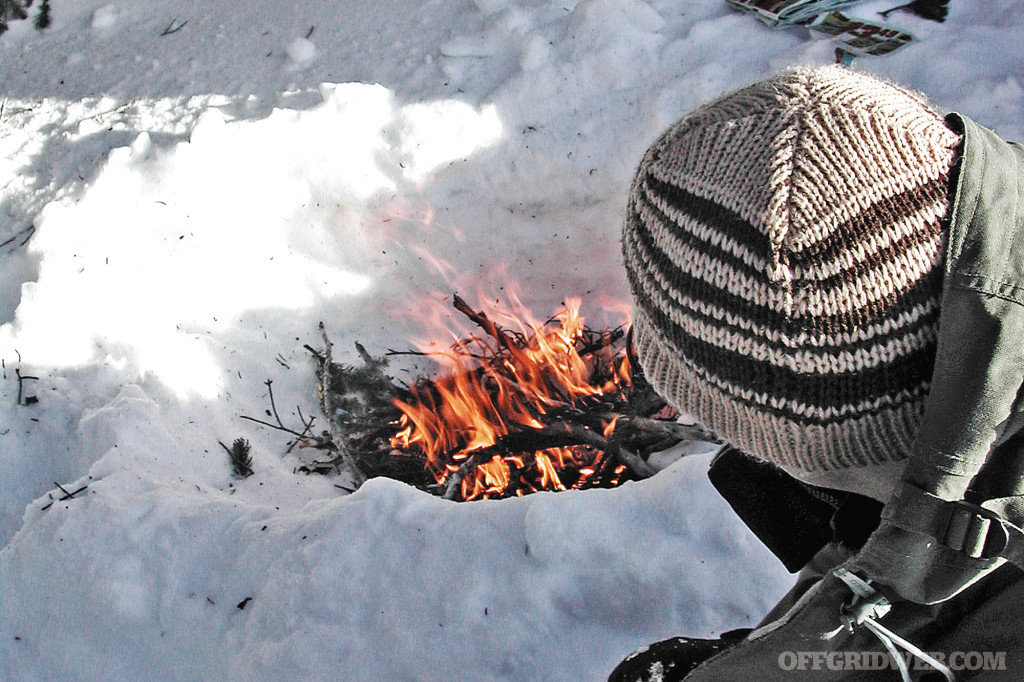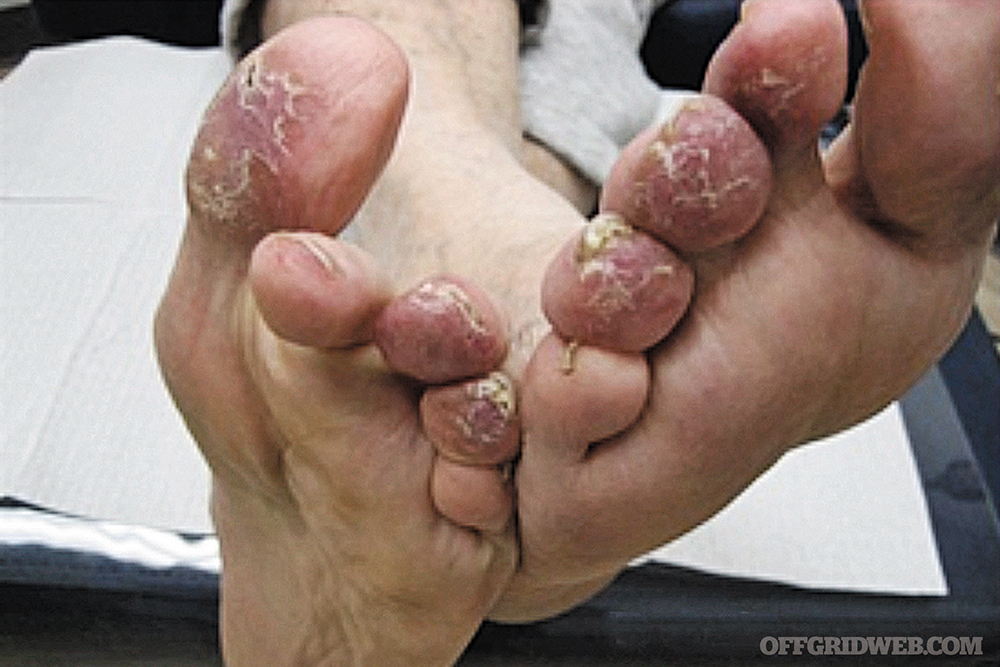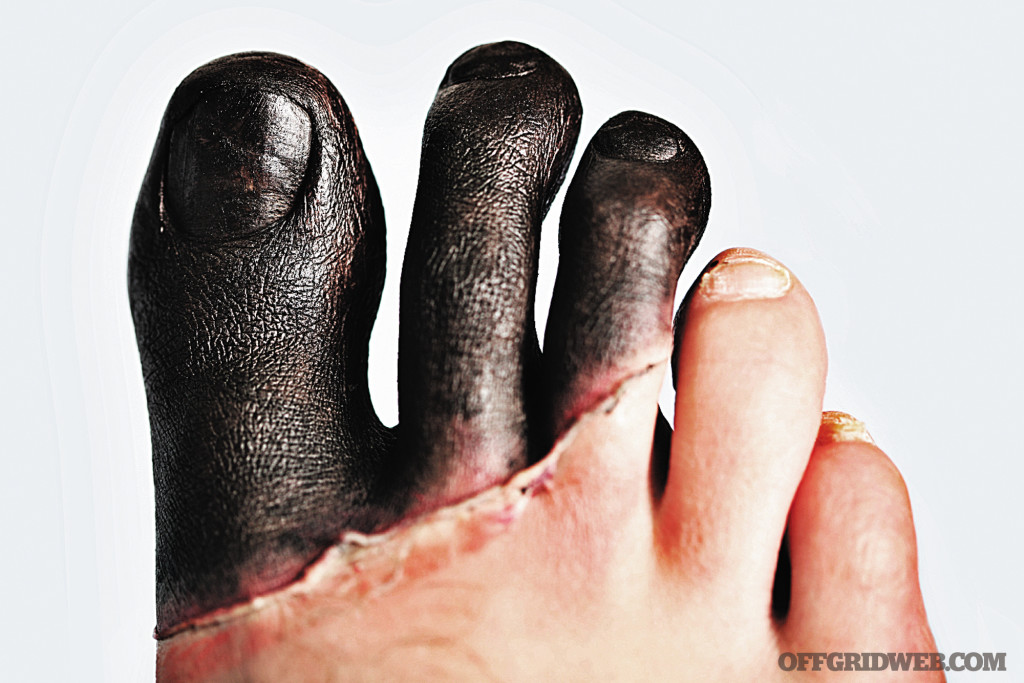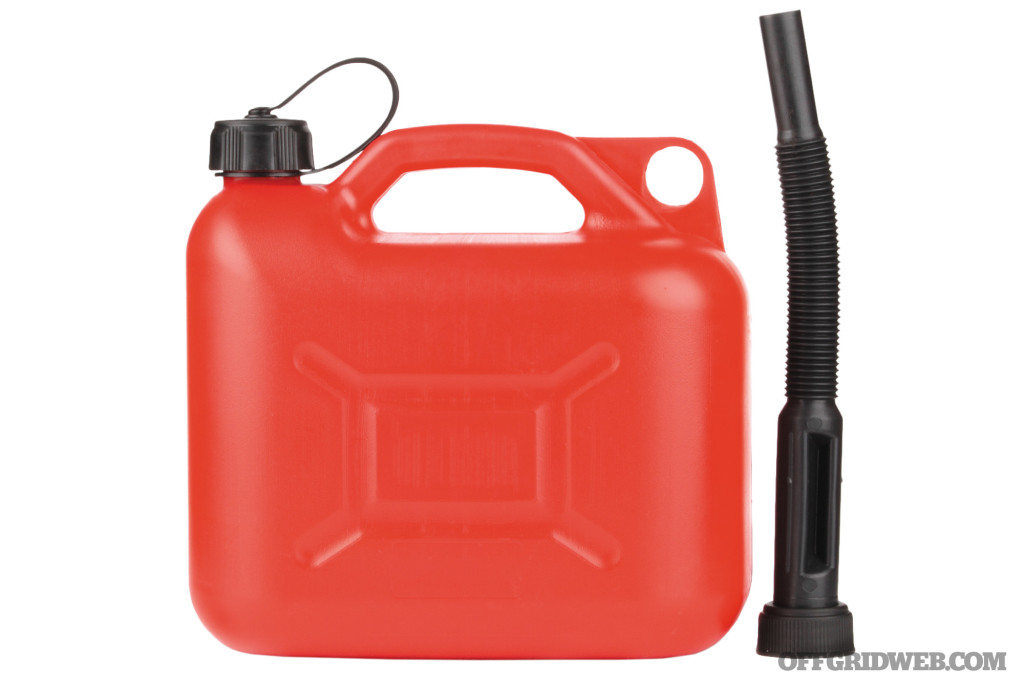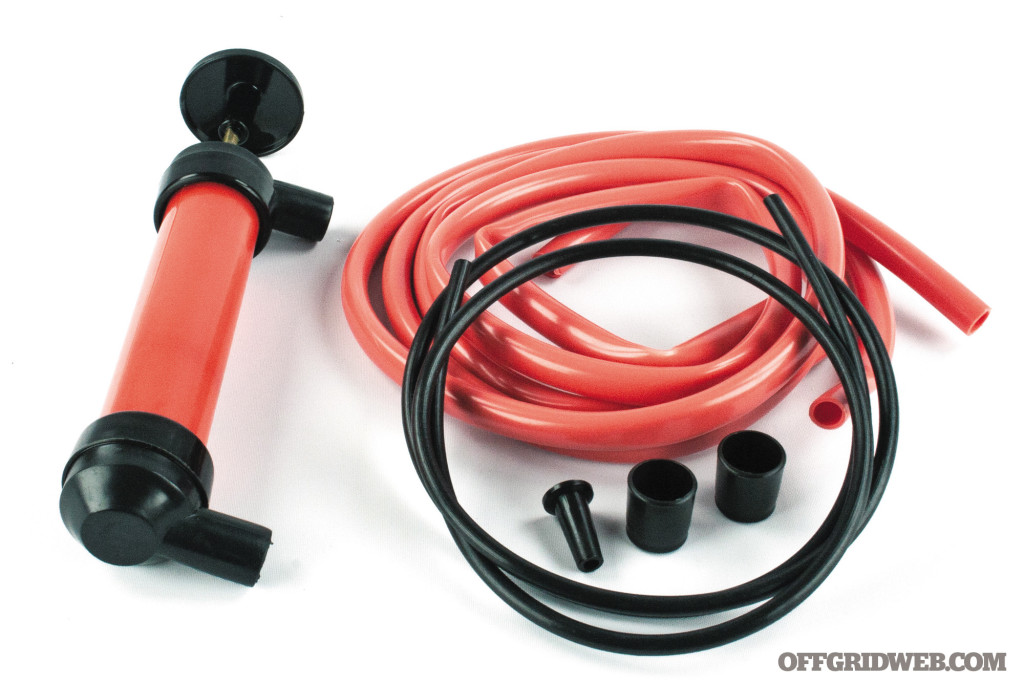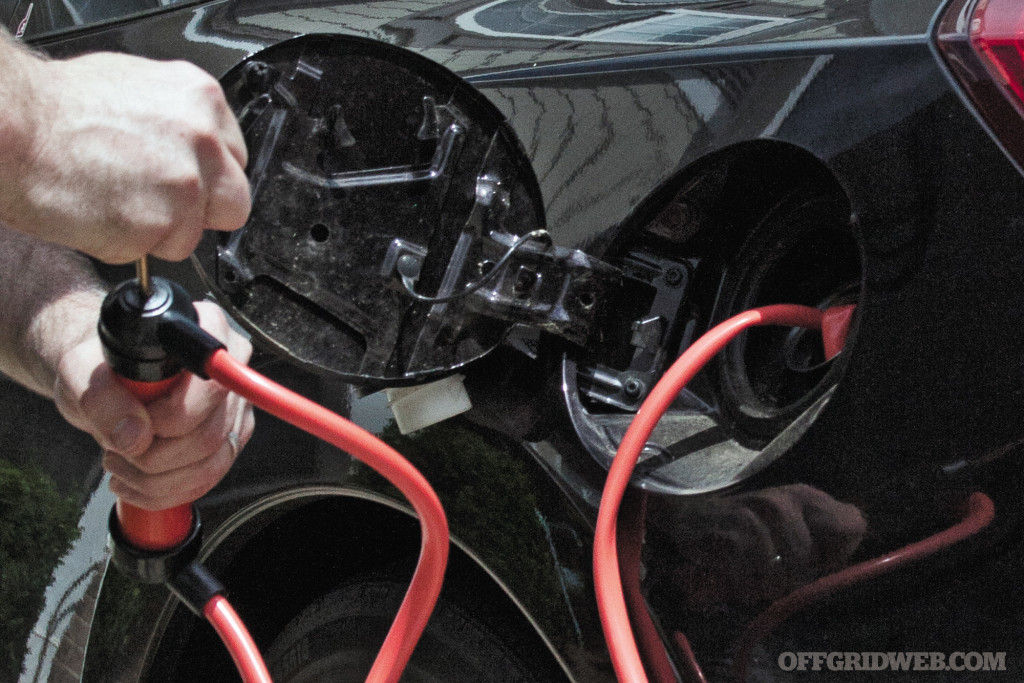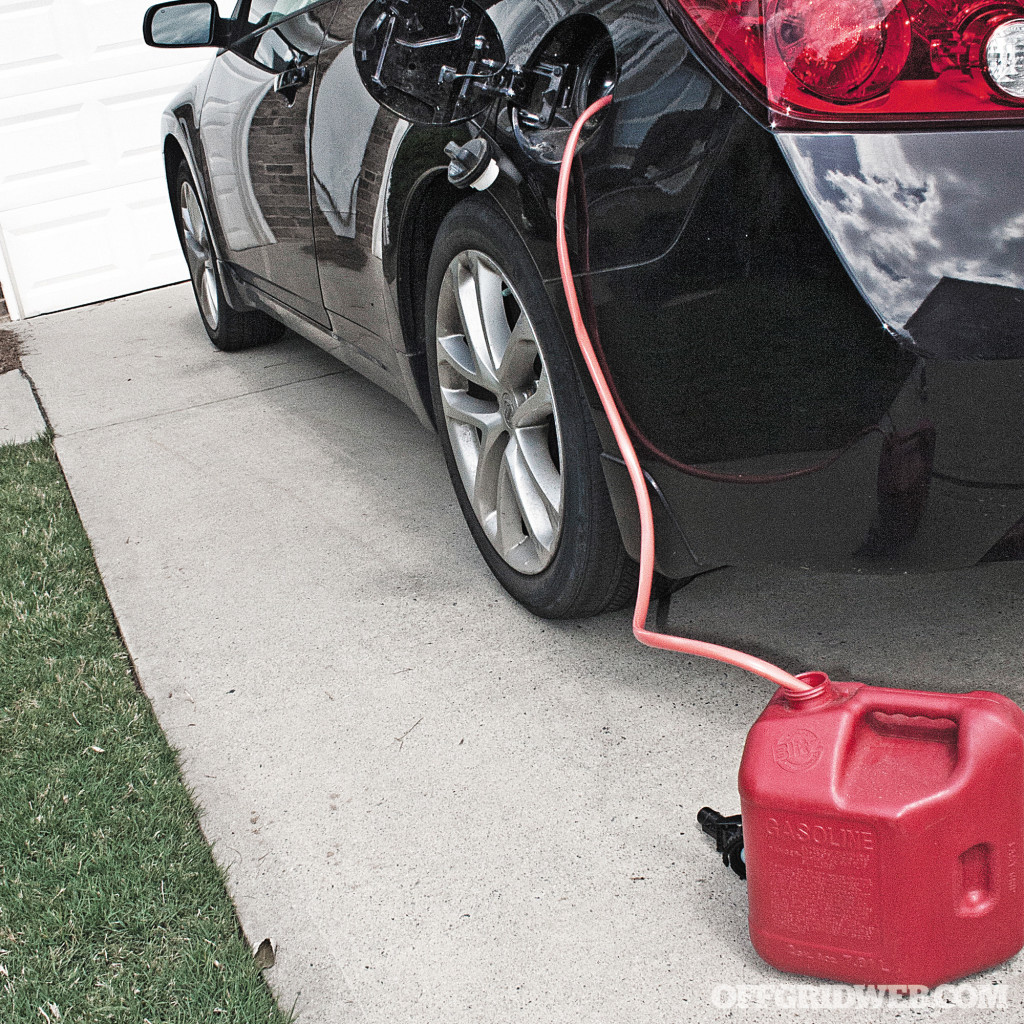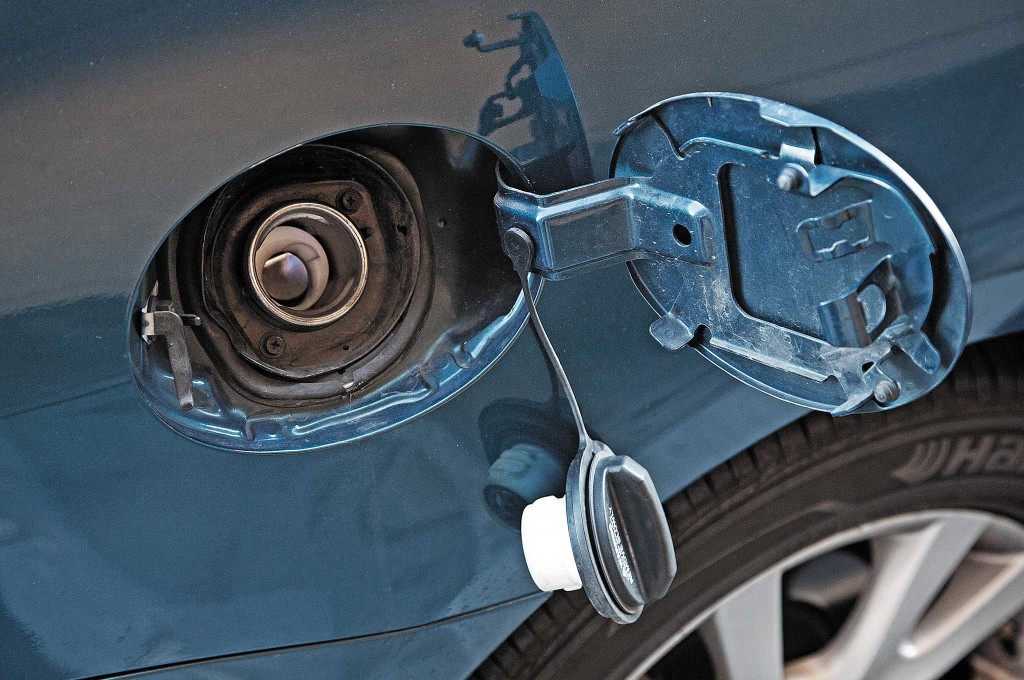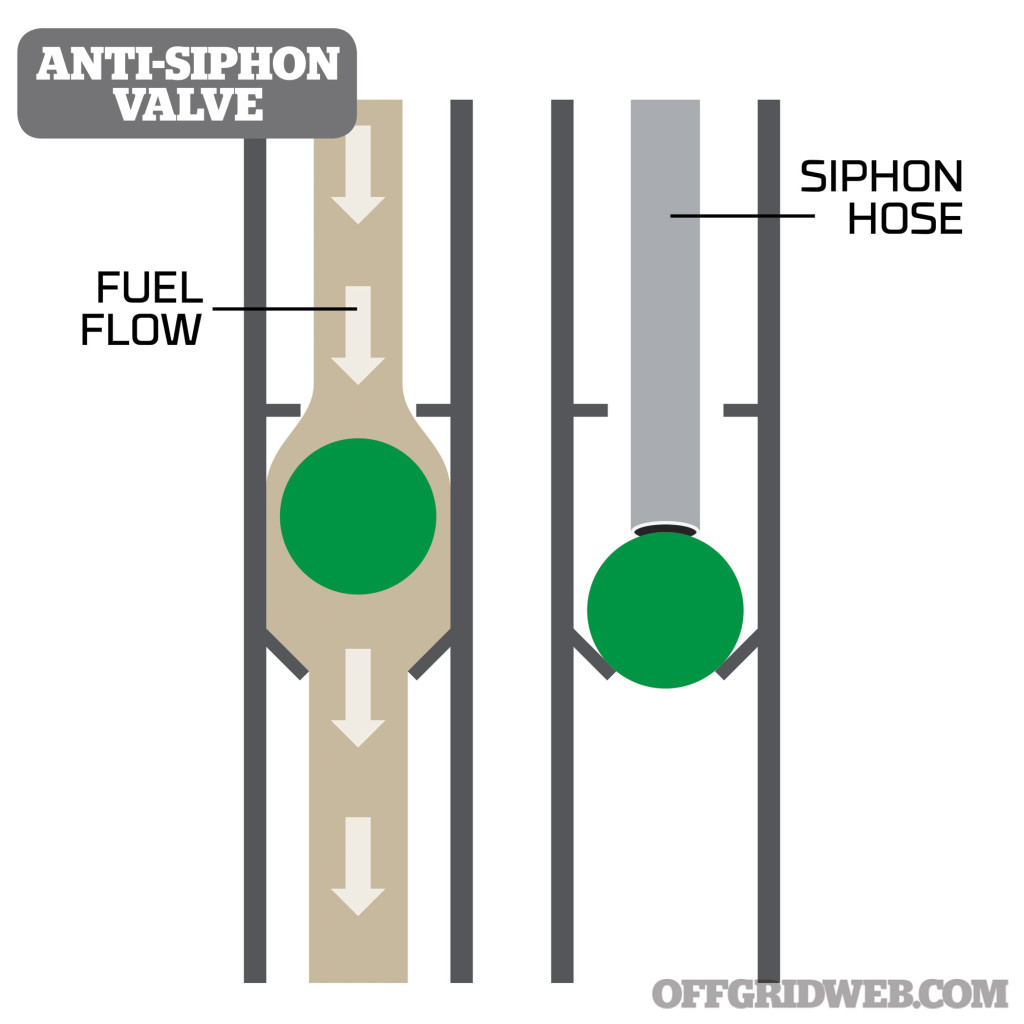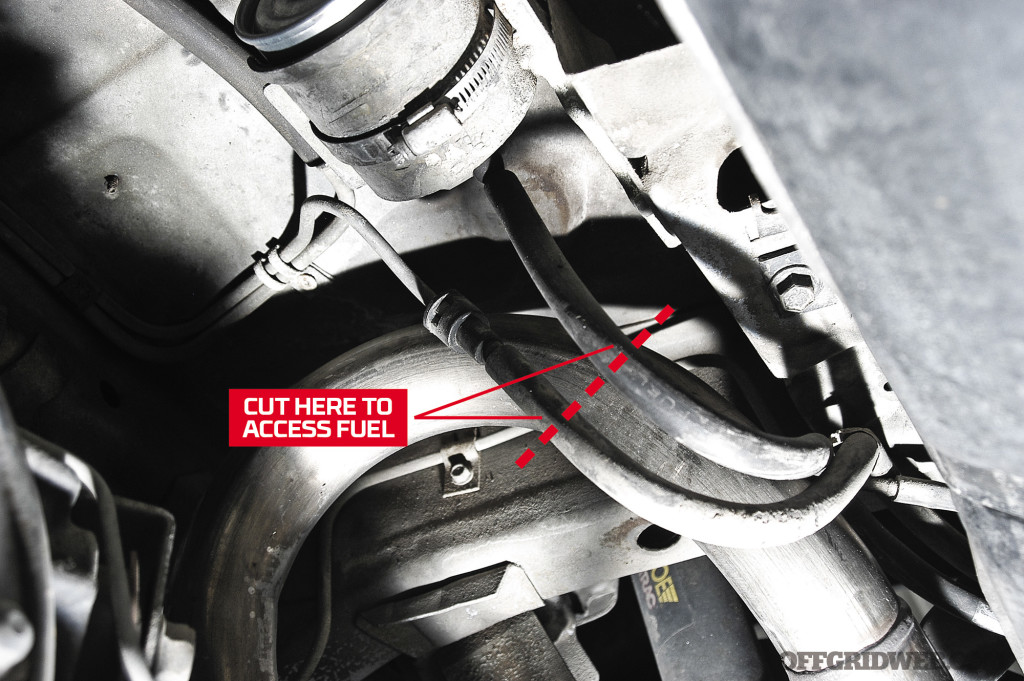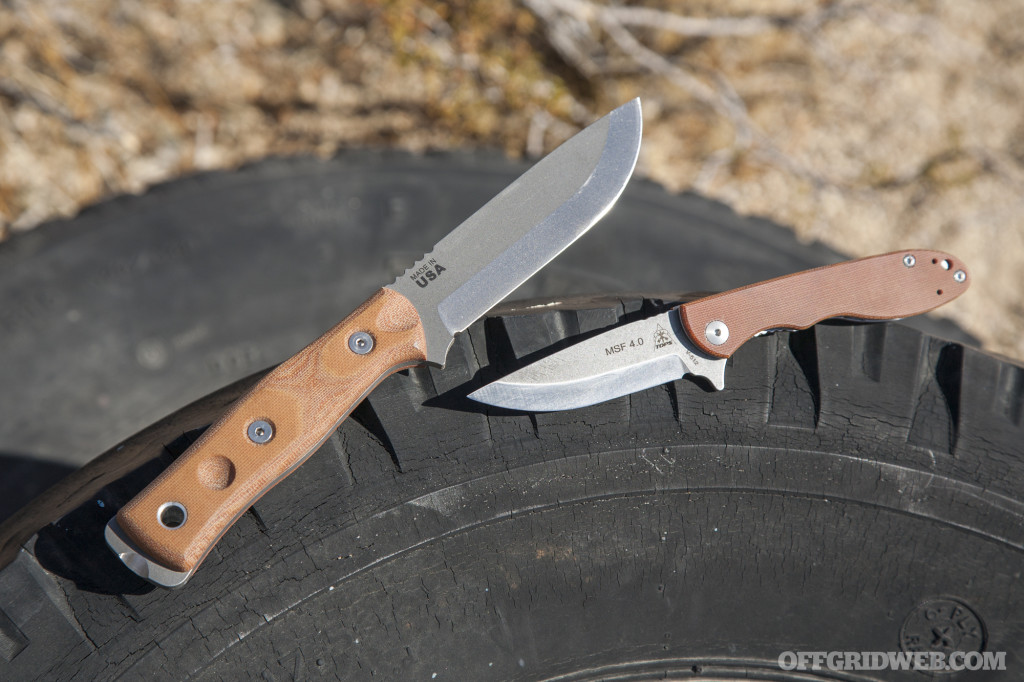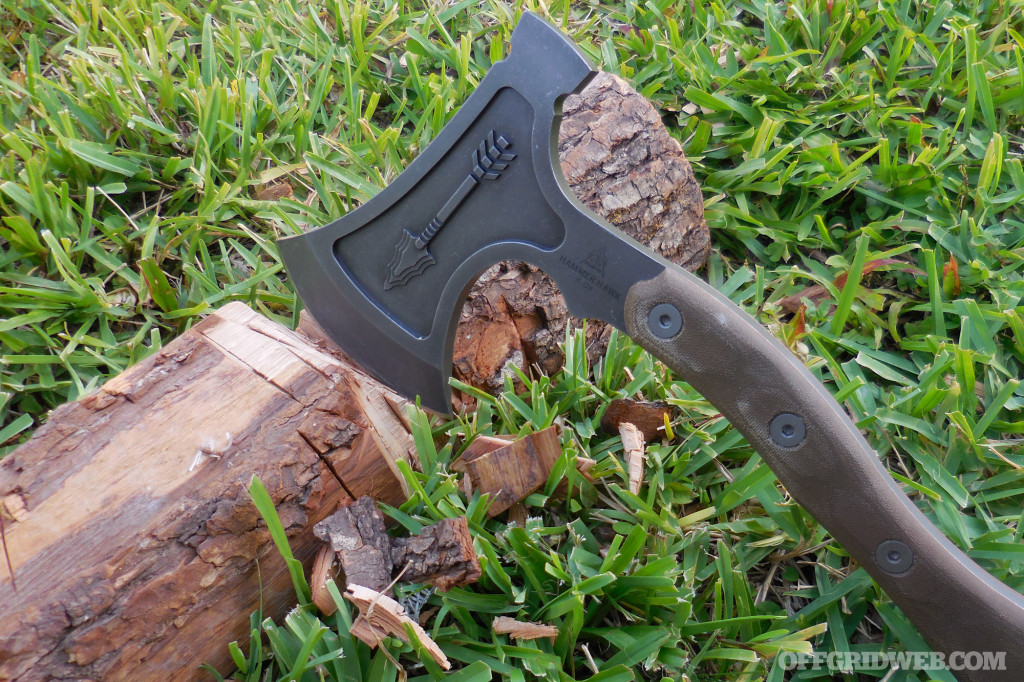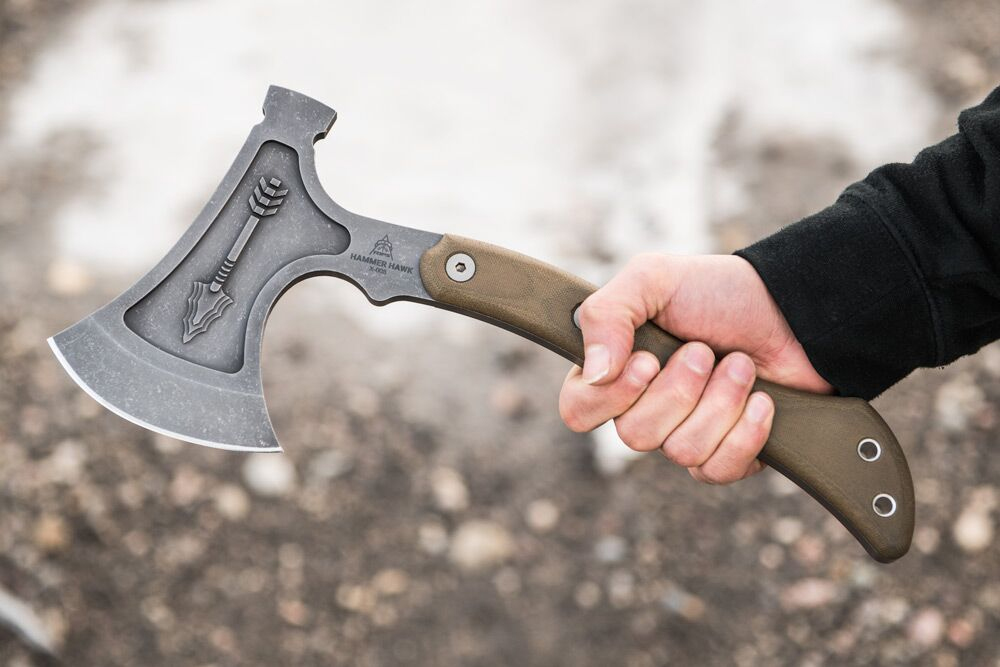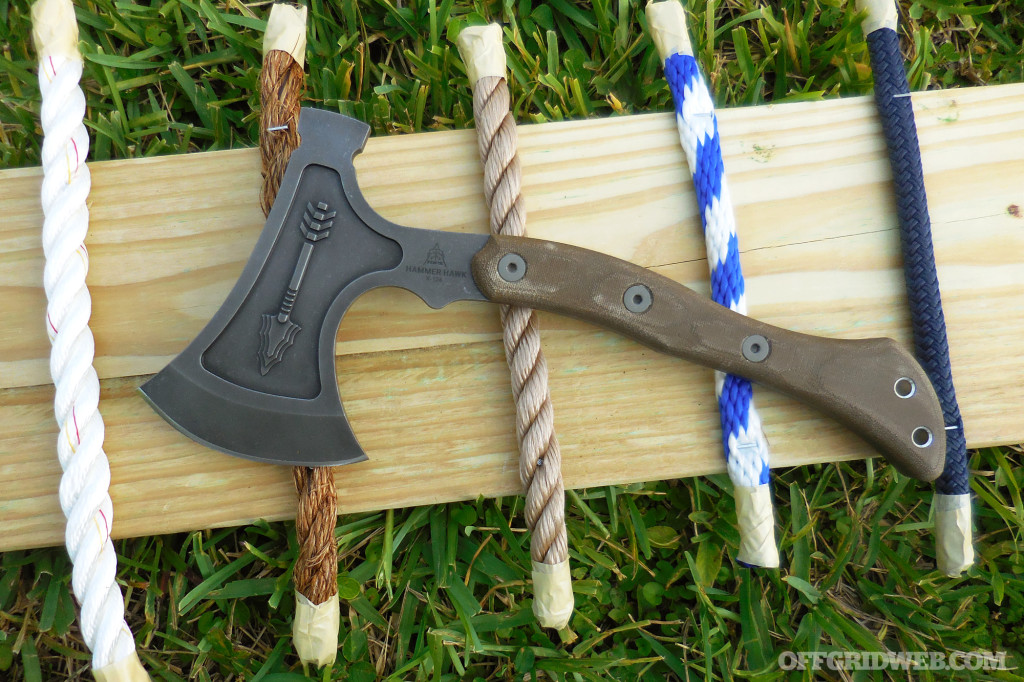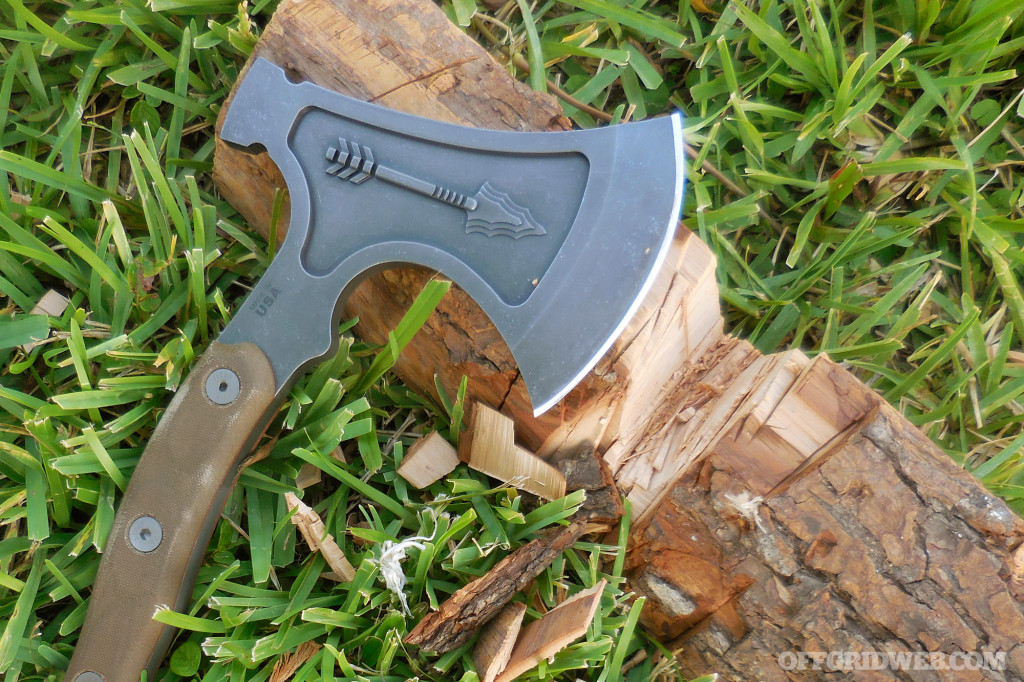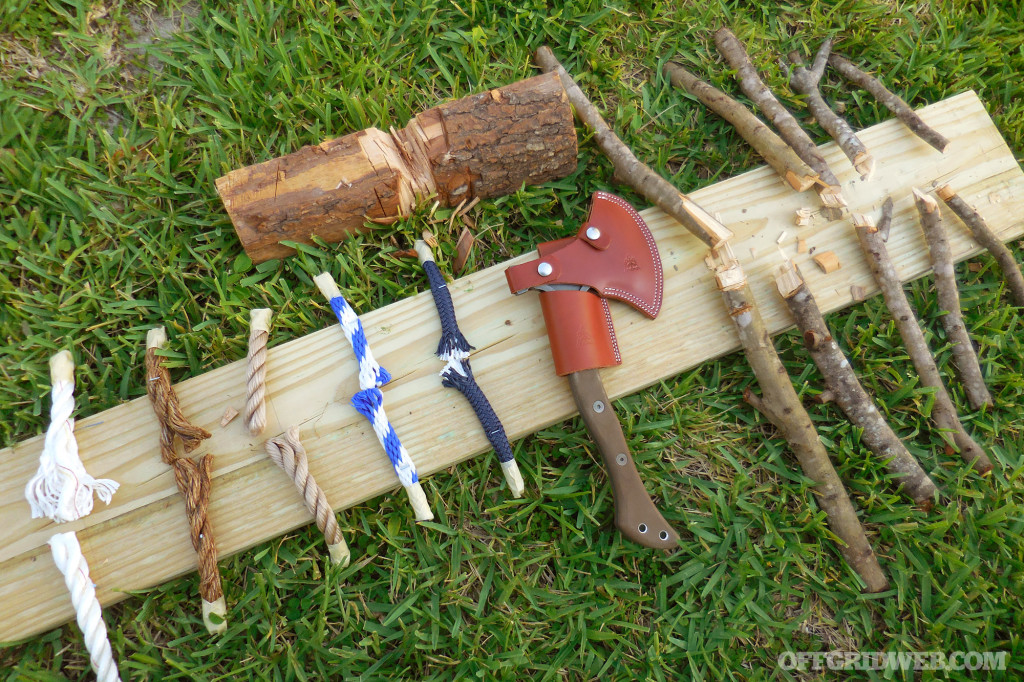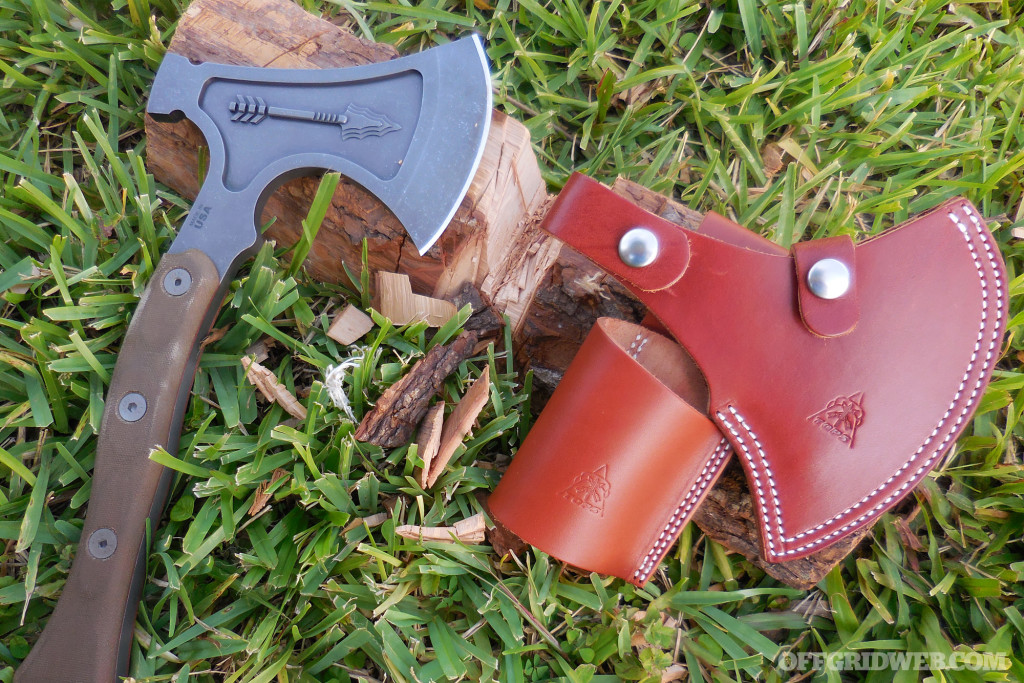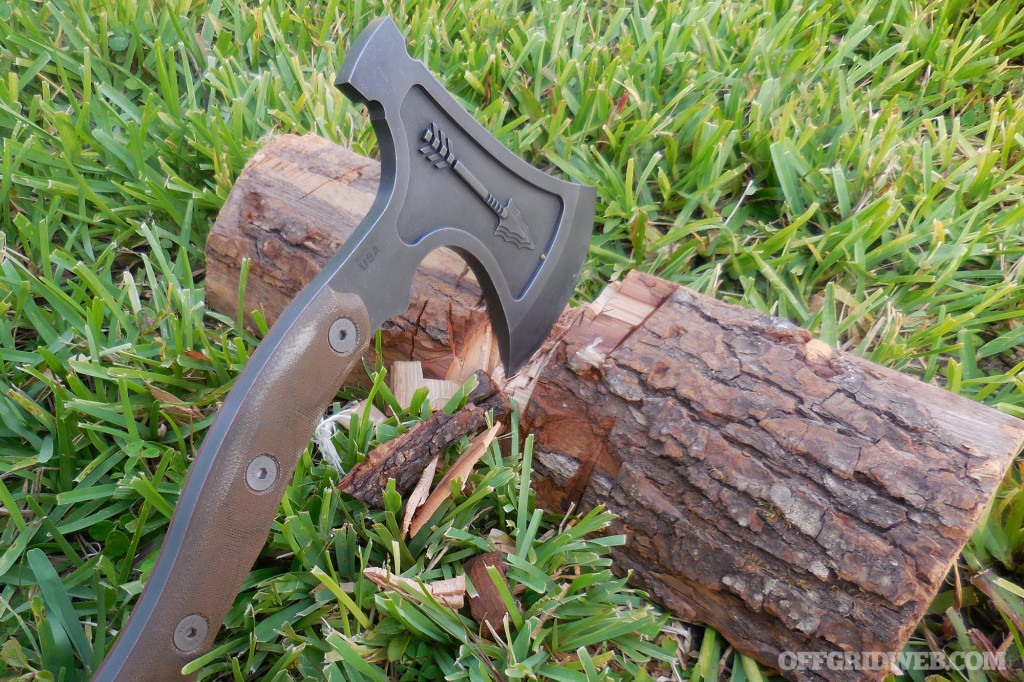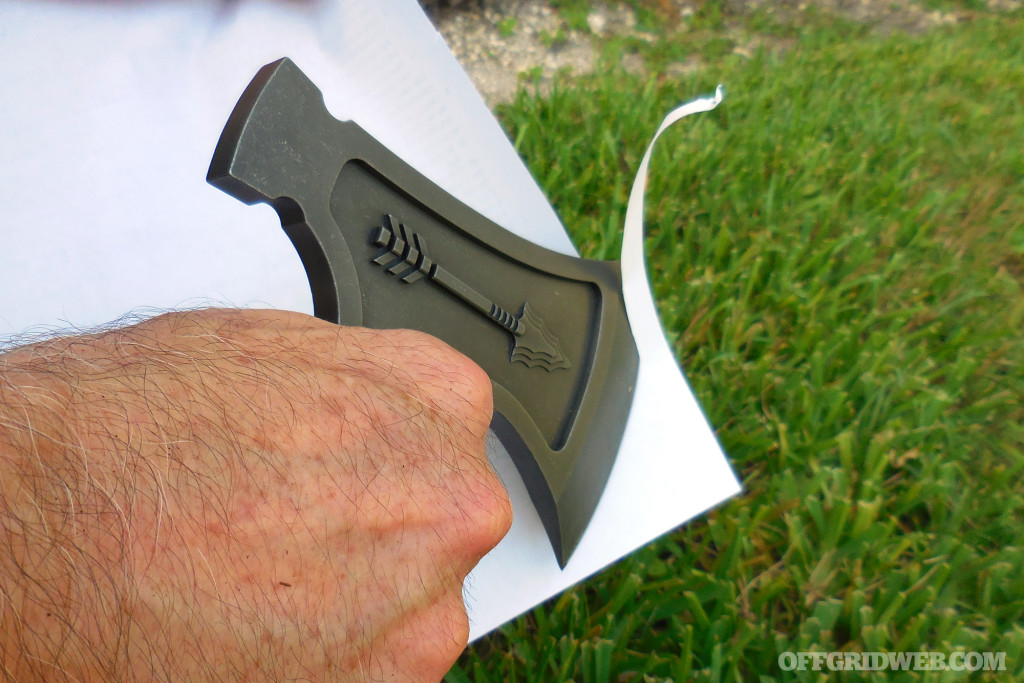Whether your objective is getting back to your family after a large-scale event throws the local population into chaos and anarchy or fending off a home invader in the middle of the night, when it comes to close-range combat, there are few weapons more formidable than a shotgun. It’s hard to surpass the simultaneous injection of eight .33-caliber pellets at 1,500 fps or a one-ounce piece of lead at 1,200 fps.
While the shotgun is a platform that’s often unaffected by the Draconian laws meant to specifically target ARs, it has always had three major limiting factors: accuracy, range, and ammunition capacity. The accuracy issue has been mitigated through better barrel and ammunition technology over the years, and range isn’t a big issue when we’re talking about close-quarters confrontations, leaving ammunition capacity as the major concern for many users. Fortunately, several manufacturers have recognized this shortcoming and have begun building guns that combine the benefits of the defensive scattergun with a double-digit shell count.
Choosing a tactical shotgun can be a daunting task, especially if you haven’t spent a lot of time getting to know them. To make the decision a little easier, we took a closer look at two contenders in a side-by-side comparison to see how each of these models addresses the long-standing capacity issue and what advantages they bring to the self-defense arena.
SRM 1216
The SRM 1216 is a high-capacity, self-loading shotgun developed for tactical and home defense applications. It’s the flagship product of SRM Arms, a small arms manufacturer specializing in shotguns and shotgun components.
The 1216 has a polymer lower receiver and a steel upper receiver, barrel, and bolt group. A pushpin disassembly and break-open design allows for easy takedown, similar to an AR-style firearm. A roller-delayed blowback action reduces felt recoil and ensures fast cycling.
The controls on the 1216 are fully reversible to accommodate right- and left-handed shooters. These include the bolt handle, bolt stop, ejector plate, and safety lever, as well as the front sling plate. A 6-inch, three-way Picatinny rail atop the upper receiver provides an accessory mounting platform for 12, 3, and 9 o’clock positioning, while a separate 1½-inch rail located 4 inches from the muzzle offers an attachment point for an aftermarket front sight.
Putting a twist (pun intended) on the traditional shotgun tube magazine, the 1216 uses a detachable, rotary magazine to supply a steady stream of 12-gauge ammunition. The magazine works off the same concept as a standard tube magazine, but with four integral tube that rotate into place, each of which has its own spring, follower, and shell retainer. The tubes each hold four rounds of 2¾- or 3-inch shells. In case the name designation isn’t obvious at this point, the 1216 is aptly named because of its ability to hold 16 rounds of 12-gauge ammunition.
The magazine is removed from the shotgun by pressing the magazine release lever located at the front of the magazine hanger near the muzzle and pulling downward on the front of the magazine. Reattaching the magazine can be a little bit tricky, as it requires the user to angle the magazine into the magazine well, then press the tube upward into the magazine hanger. Once in place, however, the 1216 is ready to deliver enough firepower to remove the wall your home invader is hiding behind.
Operation is simple. A pull of the charging handle chambers the first round. When the current magazine tube is spent of all four rounds, a forward press of the magazine index lever unlocks the magazine, so it can be rotated in either a clockwise or counterclockwise direction. Once the next loaded magazine tube is aligned with the carrier, the bolt will automatically release to chamber the next round.
There’s a California-legal version of the scary-looking 1216 with a magazine lock release that requires a tool to remove the magazine. Since the magazine consists of four separate four-round tubes and requires that the user manually index the magazine to switch to the next tube of four rounds, rather than continuously feeding all 16 rounds, it complies with California law.
SRM Arms 1216 Specifications
Caliber
12 gauge
Barrel Length
18 inches
OAL
32.5 inches
Height
8 inches
Weight
7.5 pounds
Magazine Capacity
16 rounds
MSRP
$1,800
URL
www.srmarms.com
Kel-Tec KSG
The KSG is a dual-magazine, select-feed, pump action shotgun produced by Kel-Tec CNC Industries. Its unique bullpup design has made it one of the most recognizable tactical shotguns on the market. It has even found its way onto the big screen in movies like John Wick and Peppermint.
The KSG has an interesting design that’s both familiar and foreign at the same time. The general operation is the same as a traditional tube-fed, pump-action shotgun. The fore-end connects to the action bar and slides across the magazine tubes (plural in this case), the action bar moves the bolt carrier to the rear, a lifter lifts the shell from the magazine tube toward the chamber, and the bolt assembly pushes the round into the chamber as the action of the pump is reversed.
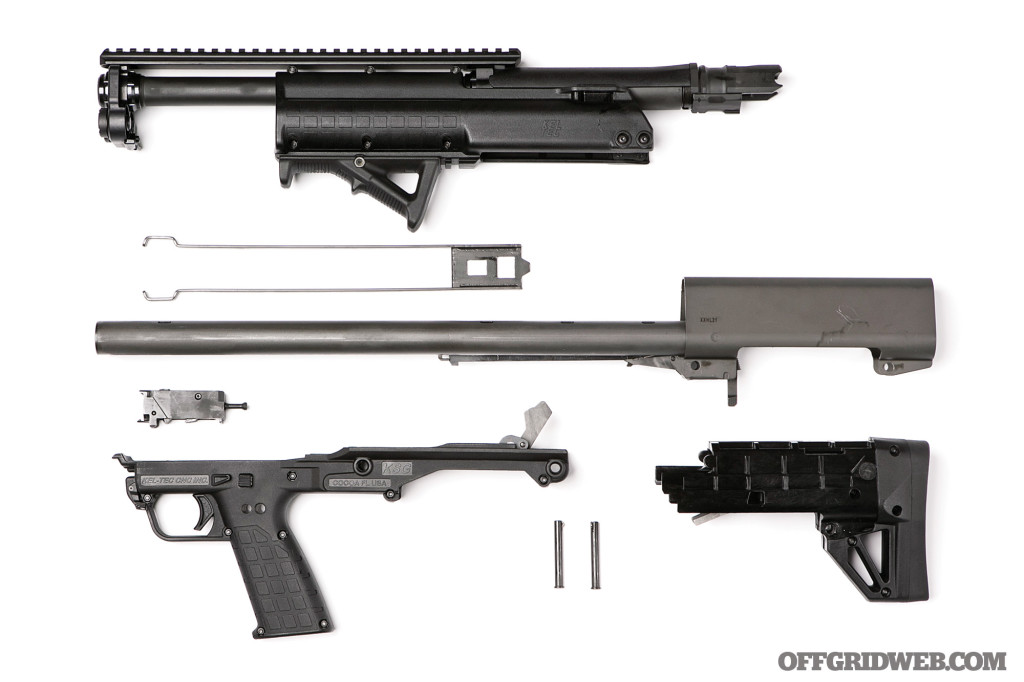
Disassembly of the KSG is less intuitive than the 1216 because of its unique design. Manual reference required.
Unlike a traditional pump, however, the KSG uses a combined loading and ejection port. Rather than kicking spent shells out of a side ejection port, they’re ejected out the bottom. Also, the hammer, hammer bar, action lock, and sear are built into the grip assembly, along with the ambidextrous action lock button and safety.
The side-by-side, dual six-round magazine tube has a three-position magazine selector lever. The center position prevents access to either magazine for loading or feeding and can be placed in this configuration when empty or loaded, acting as an additional safety feature. Switching the lever toward the desired magazine gives the user access to that magazine for loading and feeding. This function provides the user with the option to carry and select from two different loads (such as 00 Buck and rifled slugs) for specific tactical situations. The loading procedure for the KSG differs little from that of a traditional pump action once the desired magazine is selected, except that the tubes are recessed deep in the buttstock and more difficult to load quickly than a typical shotgun.
The underside of the polymer fore-end of the KSG has a 5-inch standard Picatinny rail section for mounting accessories. Given the compact bullpup design and the short distance from the fore-end to the muzzle, a hand stop is a highly recommended accessory. For our testing, we attached a Magpul AFG-2 Angled Fore Grip, which mated well with the pump action.
Kel-Tec KSG Specifications
Caliber
12 gauge
Barrel Length
18.5 inches
OAL
26.1 inches
Height
8 inches
Weight
6.9 pounds
Magazine Capacity
12 rounds
MSRP
$990
Head to Head
Aside from sharing the same ammunition, the SRM 1216 and the Kel-Tec KSG have little in common. To level the playing field as much as possible, we used the same sighting system on both guns, a Vortex Venom mounted on a LaRue Tactical riser. The 6 MOA red dot makes a perfect shotgun sight and ought to be considered when purchasing either one of these shotguns, since neither comes equipped with factory sights.
In terms of size, the KSG has the distinct advantage when you consider the amount of gun per square inch. The KSG packs an 18.5-inch barrel and 12 rounds of ammunition into a 26.1-inch package. That’s an extra ½ inch of barrel over the 1216 and four rounds less in capacity, with a difference in overall length of 6.4 inches. With such a compact design, the KSG can be stashed just about anywhere but the tank of your downstairs toilet.
When it comes to rate of fire, the 1216 takes the prize. The automatic, roller-delayed blowback action cycles quickly and mitigates felt recoil quite a bit. With an aggressive shooting stance, the 1216 can easily be emptied of its 16 rounds in just as many seconds. The pump action KSG with the magazine selector lever is a bit slower, as would be expected.
One of the biggest concerns for any firearm being used for self-preservation is reliability. The manual operation of a pump action tends to be a little more reliable than an automatic, as long as you don’t short stroke it. However, the KSG pump can be a little challenging. It’s very easy to short-stroke if you don’t handle it with authority.
The pump has a point where it meets some resistance, about ¼ inch from the rear. That resistance is where the lifter catches and drops below the tube to catch the next round. It’s easy to reach that point and think you’ve reached the end of travel. We experienced this a few times on the range during some speed drills and heard some hollow-sounding clicks as a result.
The blowback action of the 1216 operated almost flawlessly. We had one hang-up during our live-fire evaluation. As soon as we rolled the gun to the side to inspect the chamber, the bolt slid forward into battery and we were back up and running.
Decisions, Decisions
Based on our experience with these two shotguns, it would be hard to go wrong with either one. Each one has its advantages and disadvantages when compared to the other. It ultimately comes down to shooter preference.
If you’re looking for a compact, reliable, high-capacity shotgun that you can tuck away or throw in a bug-out bag, the KSG would probably be your best choice. If you want maximum firepower and minimal recoil, then the 1216 is sure to tickle your fancy.
The final factor to consider when choosing between these two lead blasters is the price. The 1216 retails around $1,800, whereas the KSG is about half that price at $990. Both can be found for a couple hundred bucks less than the MSRP, but there’s still a significant cost difference between the two. Kel-Tec also offers other variants of the KSG, including the KSG-25, which holds a whopping 20 3-inch shells.
Final Thoughts
The role of any defensive firearm is to stop the threat as quickly as possible. In close quarters, the shotgun reigns supreme. The Kel-Tec KSG and the SRM 1216 are two excellent specimens of the high-capacity, tactical shotgun variety. When the grid goes offline, or something goes bump in night, reaching for one of these big-bore scatterguns will give you the firepower you need to ensure the safety of you and your loved ones.
More From Issue 30
Don’t miss essential survival insights—sign up for Recoil Offgrid’s free newsletter today!
- Pocket Preps: Knife Sharpener
- Gear Up Issue 30
- Parental Preps Issue 30
- What If You Awaken to a Kidnapping, Abduction, or Worse?
- Rugged Recipes: How to Make 4 Historic Survival Foods
- Out of the Darkness: Taking Control After Sexual Violence
- Survivalist Spotlight: Rudy Reyes
- 6 Trap Triggers for Survival
- All Washed Up: How to Make Soap from Scratch
- Review: Klim Arsenal Vest
- Young Hunters: Tips for Teaching Kids to Hunt
- Household Ingenuity: 13 Specialized Tools for Survival
- Battle of the Boomsticks: Kel-Tec KSG vs. SRM 1216
- Book Review: “Waste Land” by David T. Hanson
- Traumatic Shock Treatment & Survival
Read articles from the next issue of Recoil Offgrid: Issue 31
Read articles from the previous issue of Recoil Offgrid: Issue 29
Check out our other publications on the web: Recoil | Gun Digest | Blade | RecoilTV | RECOILtv (YouTube)
Editor’s Note: This article has been modified from its original version for the web.

